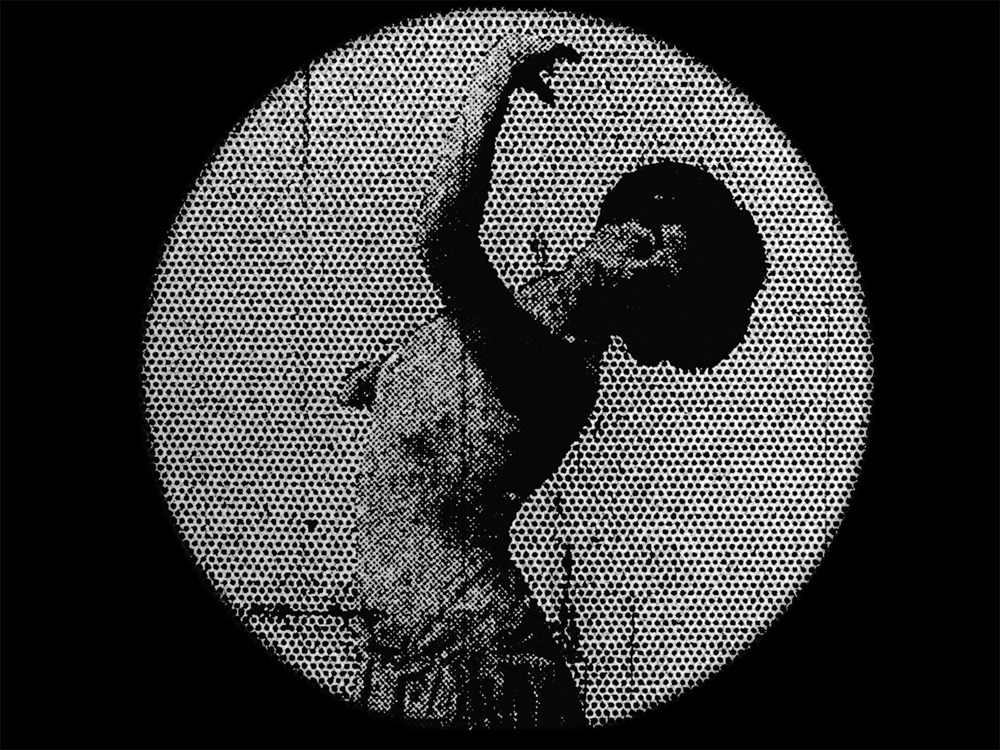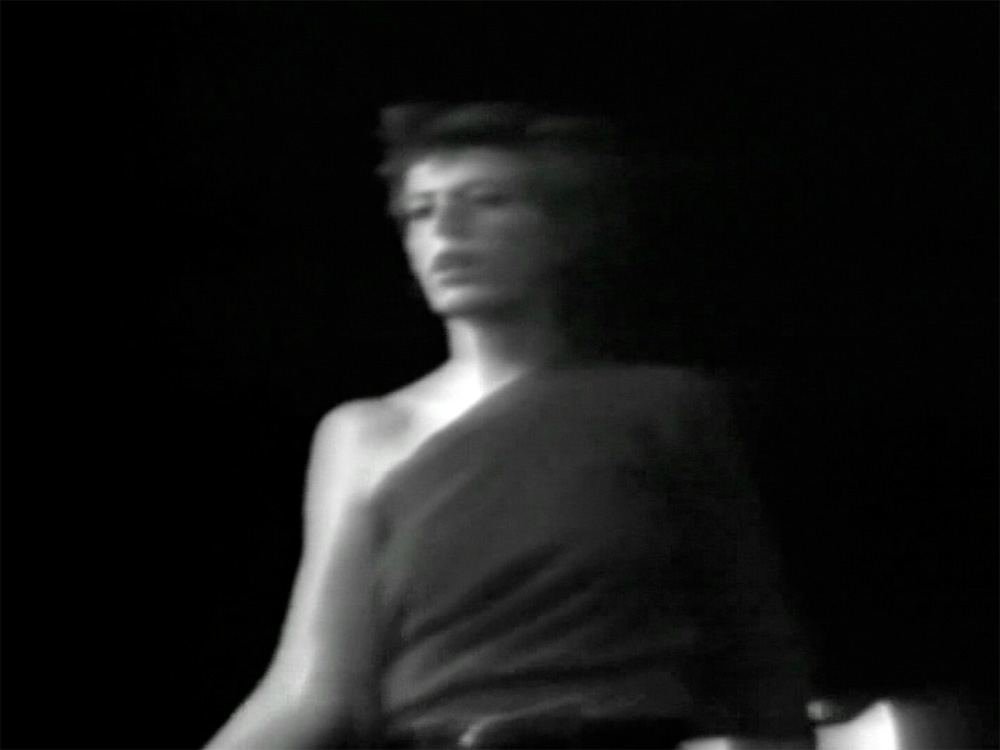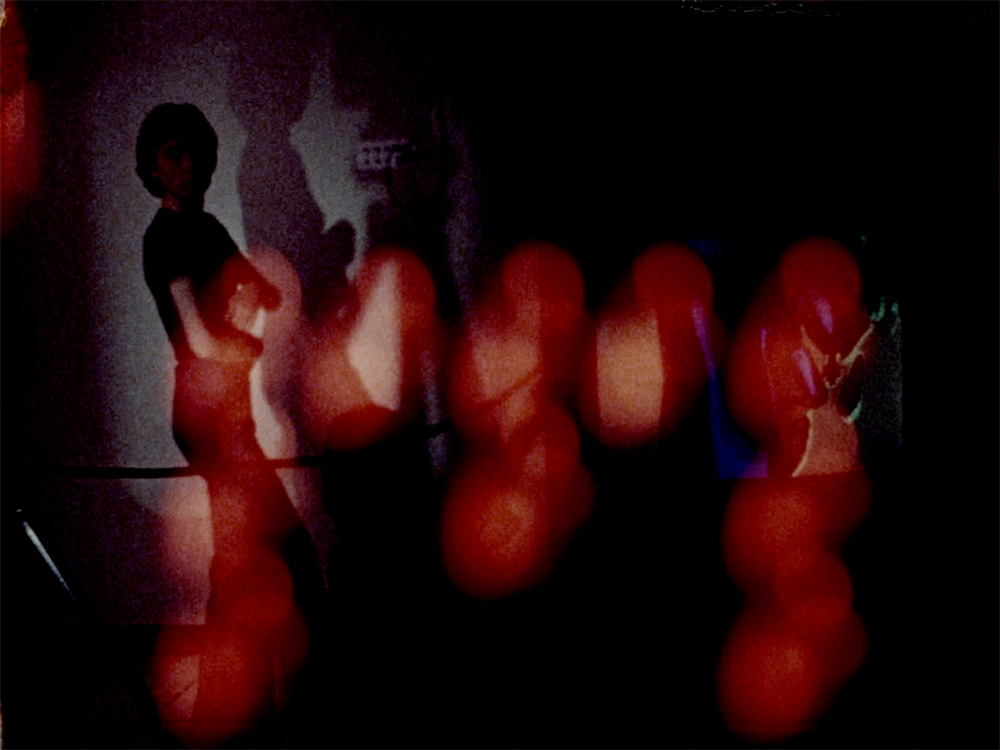10: Mónica Savirón, Jenny Okun, Barbara Meter, Julia Heyward, Joanna Davis, Lis Rhodes, Susan Stein, Ute Aurand, Alia Syed, Annabel Nicolson, Tanya Syed
Mónica Savirón makes 16mm films that engage with the poetics and disappearing histories and practices of analogue film production. Her mesmerizing work stems both from a lyrical mode and a structural impulse. As a curator and writer, Savirón has championed the legacy of under-represented artists, particularly women. In this program, co-curated with Savirón, her two celebrated shorts are shown in the company of films by other female avant-garde filmmakers, proposing points of connection and dialogue, as well as a community of works, filmmakers and ideas.
In the presence of Mónica Savirón, Ute Aurand & Barbara Meter










